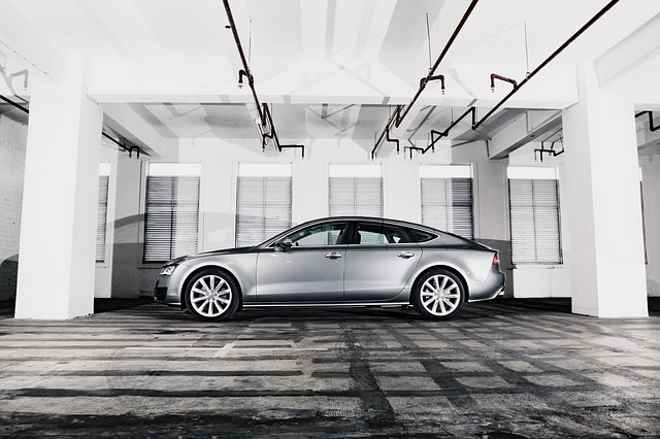The Unexplored Allure: Incorporating Architectural Elements in Fashion
When we think about architecture, we think about design, structure, and aesthetics. When we think about fashion, we think about style, trends, and personal expression. But what happens when these two worlds collide, weaving together the principles of design and the art of personal style? We are introduced to an entirely new realm of fashion - one that borrows from the concepts of architectural design. Let's delve into this unexplored allure of incorporating architectural elements in fashion.

The Intersection of Fashion and Architecture
The relationship between fashion and architecture is not new. Both disciplines involve the process of design and revolve around the human body, serving as a means of personal and cultural expression. Historically, fashion designers have often taken inspiration from architectural forms, using their principles to bring structure and innovation to clothing designs. In the 1920s, the Art Deco movement heavily influenced the fashion industry, introducing geometric patterns and streamlined silhouettes. Similarly, the minimalist architecture of the 1990s reflected in the fashion trends of the time, with clean lines and a pared-down aesthetic.
Current Trends: Blending Structure with Style
Today, the influence of architecture in fashion is more potent than ever. Designers are increasingly using architectural elements to create garments that are not just aesthetically pleasing, but also structurally innovative. From geometric patterns reminiscent of modernist architecture to clothing pieces that mimic the fluidity of organic architecture, the possibilities are endless.
The use of architectural principles in fashion design not only adds a unique aesthetic element but also enhances the functionality and durability of the garments. For example, the use of structural principles can improve the fit and form of the clothing, while the use of innovative materials can enhance its durability and sustainability.
The Appeal: A New Dimension to Fashion
The incorporation of architectural elements in fashion design adds a new dimension to the concept of personal style. It allows individuals to express themselves in a more nuanced and sophisticated way, intertwining their love for design and fashion. This approach to fashion also caters to the growing demand for unique and innovative clothing pieces that stand out from the crowd.
The Evolution: Transforming the Fashion Landscape
The integration of architecture into fashion has led to a significant shift in the fashion industry. It has encouraged designers to think outside the box and experiment with new materials, forms, and techniques. This has resulted in a plethora of innovative designs that challenge the traditional norms of fashion, pushing the boundaries of what is possible in clothing design.
Moreover, it has also influenced consumer behavior, with more and more people gravitating towards clothing pieces that are not just fashionable, but also functional and unique. It is a trend that is likely to continue in the future, shaping the future of the fashion industry.
Expert’s Corner: Practical Ways to Incorporate Architecture in Your Wardrobe
-
Play with Shapes and Silhouettes: One of the easiest ways to incorporate architecture into your wardrobe is by choosing clothing pieces with unique shapes and silhouettes. Look for garments with structural details, like asymmetric hemlines or geometric patterns.
-
Experiment with Materials: Another way to introduce architectural elements into your style is by experimenting with different materials. Try incorporating clothing pieces made from unconventional materials, like neoprene or metal mesh.
-
Choose Statement Pieces: Architectural fashion is all about making a statement. So, don’t shy away from bold, standout pieces that draw attention and start conversations.
-
Balance is Key: While it’s fun to experiment with architectural fashion, it’s also important to maintain balance. Pair your architectural pieces with more classic and simple pieces to create a balanced and harmonious look.
In conclusion, the incorporation of architectural elements in fashion offers a fresh and unique perspective on personal style. It is a trend that is transforming the fashion landscape, encouraging designers and consumers alike to think outside the box. As we move forward, it will be exciting to see how this trend evolves and continues to shape the fashion industry.




